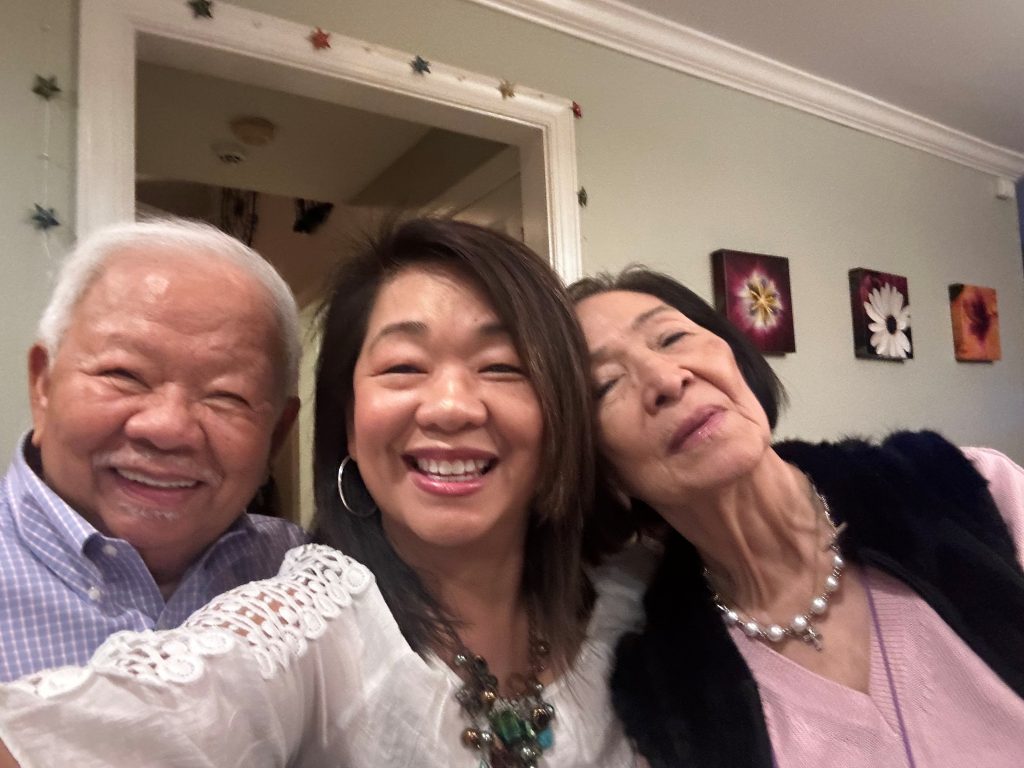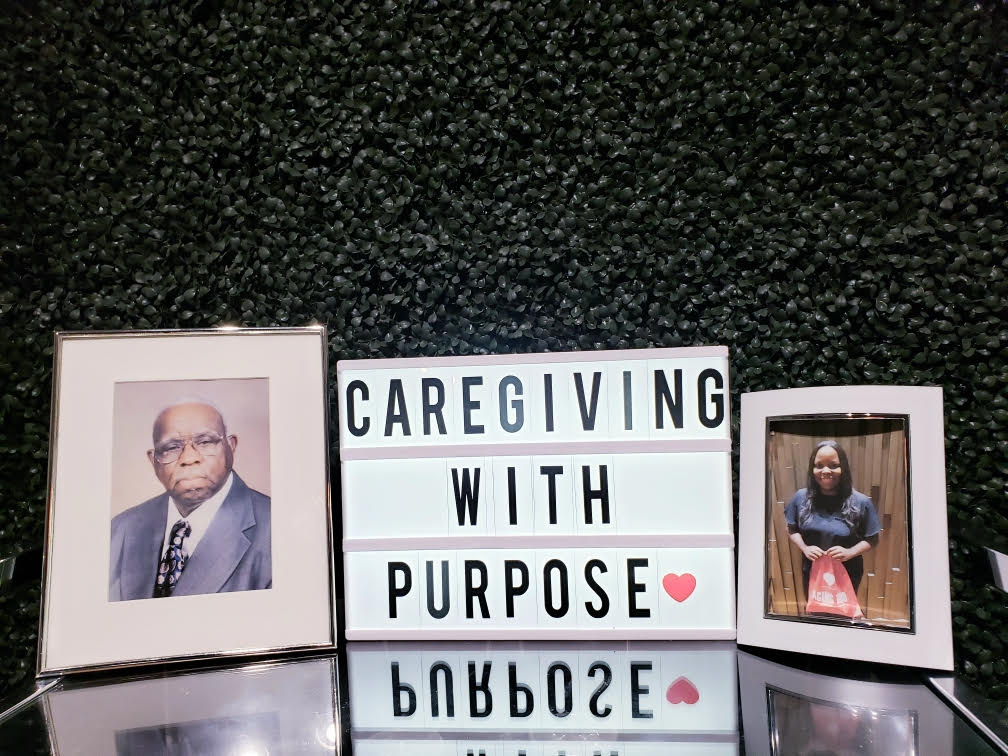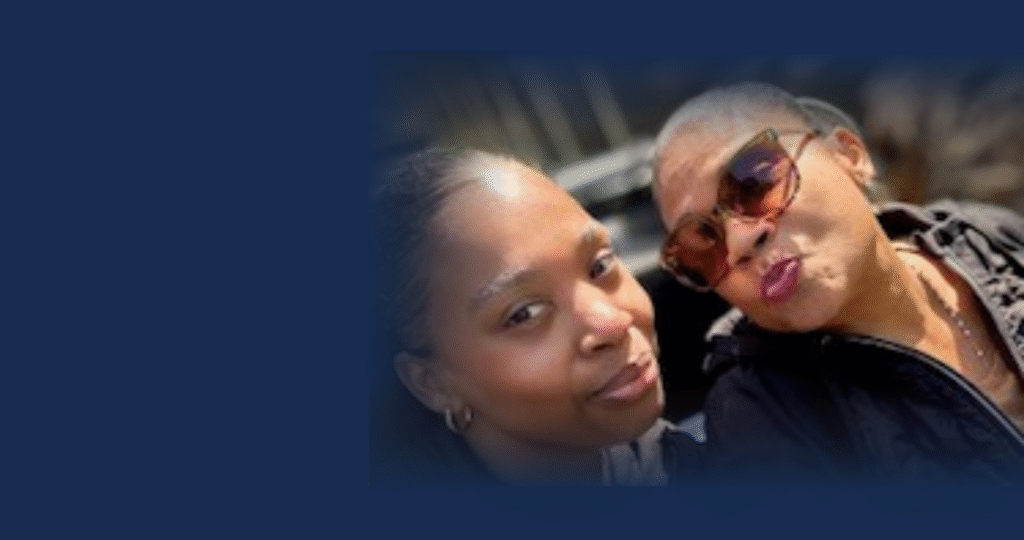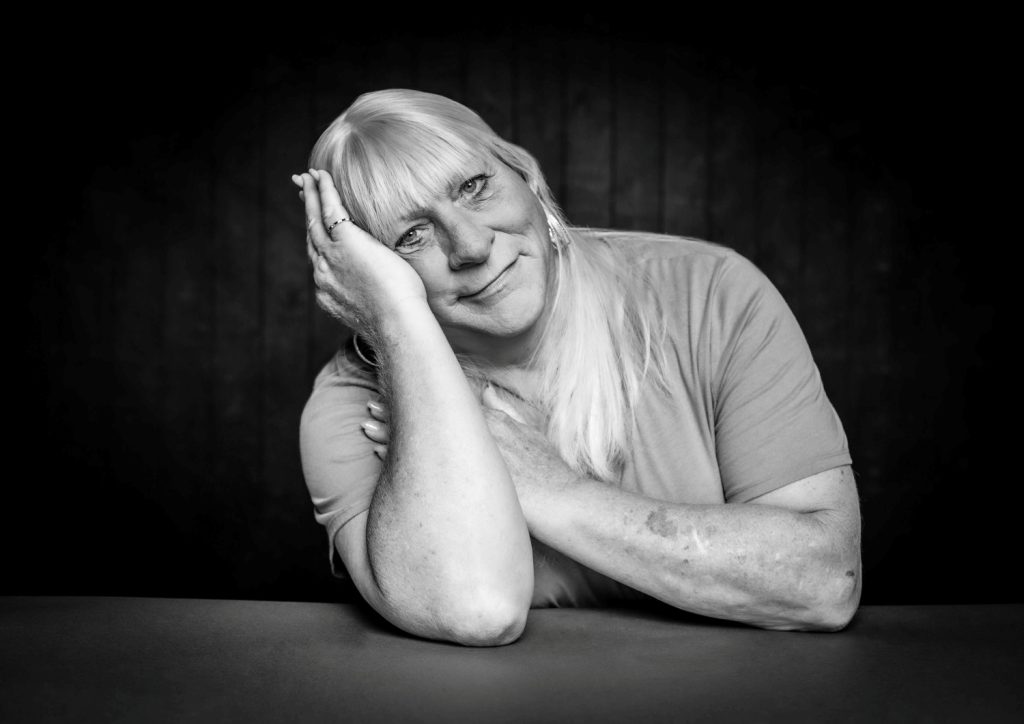Abstract:
Community-based organizations (CBOs) are well-positioned to provide effective programs that reduce loneliness, enhance social connection, and build social cohesion skills and confidence. Unfortunately, CBOs are often constrained by lack of suitable program content, skilled facilitators, and the ability to evaluate program outcomes to demonstrate benefit. This article describes an approach to partnering with CBOs to address loneliness that offers innovative program content, including creative arts expression, mindfulness, and social-emotional learning activities—all available for streaming or download from a digital platform, efficiently and cost-effectively.
Key Words:
loneliness, social isolation, social determinants of health, creative arts expression, older adults, mindfulness, health technology
Eileen (not her real name) is an older woman in her late 70s who had been experiencing loneliness and hopelessness since the death of her husband. Living in a Naturally Occurring Retirement Center (NORC) in Harlem, Eileen, with eleven peers from her NORC, participated in the Foundation for Art & Healing’s Creativity Circle pilot in the fall of 2019.
Eileen was unsure what to expect at first, but eventually made friends with a younger woman who sat next to her during the weekly group. Soon, she was participating more in the community around her, and even began forming small groups with other residents to practice painting together.
“Now I’m all involved in arts and crafts here,” Eileen said. “I’ve started a group; I’m joining another group. It’s lifesaving. I have to admit to you, sometimes I feel it’s not worth living, because there’s too many problems and it’s so overwhelming. But when you have some drawing and pleasure and fun, and you’re doing your passion, you can live.”
Loneliness a Complex Personal and Public Health Challenge
Loneliness, a common source of distress and impaired quality of life for older adults, is a complex personal and public health challenge that research (Pettigrew and Roberts, 2007) indicates can be addressed effectively. The significance of that opportunity, to bring older adults more routinely into rewarding and meaningful contact with others, is matched only by its urgency.
At its extreme, loneliness not only limits satisfaction with one’s life, but can cut it short, carrying a 30 percent risk of premature death. According to a 2018 AARP survey (Anderson and Thayer), some 35 percent of U.S. adults ages 45 and older were lonely, and more recent studies (Cigna, 2020) by health insurer Cigna place that number even higher. Loneliness bears an economic toll as well. According to AARP (Flowers et al., 2017), lack of social contacts among Medicare beneficiaries was associated with an estimated $6.7 billion in additional federal spending annually.
‘Now I’m all involved in arts and crafts here.’
To better address loneliness in older adults, the Foundation for Art & Healing (FAH) developed an easy-to-deliver, arts-enabled support group program to raise awareness, build skills, and enhance social connection. The program can be delivered by a wide variety of community organizations. Imagine a dozen older adults, meeting regularly with a facilitator in a comfortable setting to participate in fun, engaging activities that develop authentic relationships and foster a sense of belonging. The challenge is not just to make effective program content available, but to organize its distribution in a fashion that is also scalable and sustainable. This would have been challenging in the best of times, and now with COVID-19, the stakes are even higher. Then again, so are the potential rewards.
Given the context of the global pandemic, the importance of addressing loneliness and social isolation among the nation’s older adults is higher than ever: 72 percent of U.S. adults ages 55 or older report sometimes or often feeling more lonely than usual (Anderson and Thayer, 2018). The health outcomes of the pandemic underscore how social determinants of health are a major factor in health impairment, with social isolation emerging as one of the most significant. Rifts in the social fabric during tough times make the strengthening of social bonds even more vital. As a major social determinant of health that drives up disaster-related mortality outcomes (Klinenberg, 2002), loneliness and social isolation cannot be ignored.
Like politics, many factors that influence health are local, and threaded through the communities in which we live. While many community-based organizations (CBOs) have increased their efforts to address the social connection needs of older adults, especially during this pandemic, they often are under-resourced and lack the tools and expertise to confront loneliness effectively and sustainably. Even before the pandemic, recognizing the essential role that CBOs play in supporting and connecting older adults, the FAH through its Aging UnLonely activities, began exploring ways to partner with CBOs to reduce the risk of loneliness among older adults. With advice and guidance from a broad array of experts and innovative organizations, FAH designed, developed, and is now expanding its rollout of tools and enablers that empower CBOs to deliver effective, scalable, and sustainable social connection programs.
The Creativity Circle Platform: A Scalable Solution for Delivering Effective Programming
Two years ago, with lead support from the AARP Foundation, FAH initiated work on its Creativity Circle Platform. The goal was to develop a “social utility” that could provide broad access to low-cost and effective group support programs nationwide. The Creativity Circle Platform uses a cloud-based digital technology to enable cost-efficient distribution of scripted curriculum and evaluation guides to support delivering and assessing programs. The Creativity Circle Platform can be looked at as a cloud-based “vending machine,” accessible through the Internet, which allows program managers and facilitators to gain access to scripts and guides to offer Creativity Circle activities in a wide variety of settings.
This digital distribution of program content, which also offers automated access to tools and guides for field facilitator training and support, allows CBOs to quickly scale up program implementation. Social connection-oriented programs can be delivered in traditional settings for older adults such as senior centers and health clinics, as well as in non-traditional venues such as libraries, museums, and places of worship.
The Creativity Circle program, accessible to CBO facilitators through the digital platform, was developed as a support-group model that incorporates a unique blend of mindfulness, creative arts expression and social-emotional learning activities. These three well-accepted support modalities combine dynamically to help participants quickly feel welcomed and integrated into the group setting, to invite the sharing of personal experiences and reflections, to improve social skills, and to form deeper connections. The curriculum is organized around an array of creative exercises that use writing, visual art, movement, and music to help participants process their aging experiences and to discuss healthy aging themes such as resiliency, stress management, and friendships. With the added elements of mindfulness and social-emotional learning, the Creativity Circle program holistically engages participants, offering them an opportunity to decompress stress and anxiety around aging and related life circumstances like bereavement. It all unfolds within a supportive group environment that nurtures the development of the skills and routines that enable relationship building and social connection.
The curriculum is organized around creative exercises to help participants process their aging experiences and to discuss healthy aging themes.
To allow CBOs to get “up and running” quickly, the Creativity Circle Platform’s technology base is user-friendly and easy to navigate, requiring minimal orientation. A facilitator from a CBO, with even modest support group management experience, can stream or download the materials needed to run a successful program. Those tools include in-depth facilitator training guides in print and video, detailed curriculum, and surveys to evaluate program participant experience. Designed to deliver a full portfolio of relevant program curricula, the digital platform offers a starter-set of successful aging topics, with additional program content to be introduced over time.
Testing the Creativity Circle Platform: Starting in Three States
In its inaugural year, FAH launched a pilot program in nine CBO sites across the country, three each in Chicago, New York City, and Maine–chosen specifically to gain experience in a mix of urban and rural areas. Results from these first pilot programs were promising and indicated reductions in aging-related stress, as well as increased confidence in managing the process of aging.
One of the FAH pilot sites is DOROT, a leading nonprofit serving older adults in New York City. Executive Director Mark Meridy is enthusiastic about the important role of CBOs in rolling out high-impact programming around loneliness. as well as the Creativity Circle Platform.
“Community-based organizations like DOROT. which are committed to intergenerational engagement, are uniquely positioned to make a meaningful difference in the lives of seniors and our volunteers. We’re proud to partner with the Foundation for Art & Healing in bringing their public health expertise and technology-driven scaling capability to the challenge of tackling loneliness,” said Meridy.
Responding to the Global Pandemic—Expanding Reach and Engagement
In March 2020, many CBOs responded quickly to COVID-19, eager to address the social connection and support needs of older adults, many of whom were physically distancing during the pandemic. FAH worked closely with AARP Foundation and its CBO partners to adapt its offerings, recognizing that many of the original face-to-face activities and underlying program models could still be effective, even if delivered “at a distance.” FAH developed a variety of tele-supported virtual offerings, as well as a free “open to all” website that featured arts-based activities to reduce anxiety and stress.
Following are some of the new approaches, designed to provide meaningful social connection even when physical distancing is required. All are being continually evaluated and improved based on user-feedback:
- Reflect & Connect Calls, a telephone program, uses principles of creative arts expression, mindfulness, and social emotional learning to deliver support to older adults over telephone calls and/or in small teleconferencing groups. Facilitator scripts, participant worksheets, materials lists, and evaluation questions have been designed and packaged to ensure ease of implementation.
- A Virtual Creativity Circle program is being adapted for delivery over Zoom or other video conferencing environments by CBO facilitators for older adults who are computer literate and physically distancing.
- Stuck at Home (together), is a web destination that encourages visitors to engage in creative art challenges and mindfulness activities, as well as arts appreciation to reduce anxiety and stress and to inspire feelings of connection.
The Path Forward
The FAH in 2021 will scale its portfolio of Aging UnLonely efforts, including the Creativity Circle Platform and the Reflect and Connect telephone-based outreach program, expanding its collaboration with additional CBO partners. Partners already include care delivery organizations such as health systems and large medical groups, and FAH will expand these types of partnerships in 2021, influenced by the recently released National Academy Of Sciences publication, Social Isolation and Loneliness in Older Adults (2020). The report emphasizes the need for health systems to pay increased attention to older adult loneliness, and highlights the opportunity for CBOs to play a critical role in partnering with these systems to deliver programs to local populations.
In addition to increasing the number and types of partnering organizations, the FAH will continue to refine its underlying digital platform technology, recognizing it as a fundamental enabler for addressing loneliness at an expanded scale. In partnership with the AARP Foundation and other stakeholders and collaborators, our goal is to alleviate the challenges of loneliness and isolation for older adults by providing streamlined and cost-effective access to a growing set of evidence-based intervention programs. Working together, we believe we can make a meaningful and sustained difference in the lives of older Americans.
For more information about FAH’s Aging UnLonely activities, including any of the individual programs mentioned here, please contact lhudson@artandhealing.org.
Jeremy Nobel, MD, MPH, founded the Foundation for Art and Healing and is on the Harvard Medical School faculty in the Department of Global Health and Social Medicine. He can be contacted at jnobel@artandhealing.org. Amy Poueymirou is director of programs at the FAH. She can be contacted at amy@artandhealing.org.
References
Anderson, O. and Thayer, C. 2018. “Loneliness and Social Connections: A National Survey of Adults 45 and Older.” AARP Research. Retrieved July 21, 2020.
CIGNA. 2020. “Loneliness Is at Epidemic Levels in America.” Retrieved July 21, 2020.
Committee on the Health and Medical Dimensions of Social Isolation and Loneliness in Older Adults. 2020. Social Isolation and Loneliness in Older Adults: Opportunities for the Healthcare System. Washington, DC: National Academies Press.
Flowers, et al. 2017. “Medicare Spends More on Socially Isolated Older Adults.” Insight on the Issues. Washington, DC: AARP Public Policy Institute. Retrieved July 21, 2020.
Klinenberg, E. 2002. Heat Wave: A Social Autopsy of Disaster in Chicago. Chicago: University of Chicago Press.
Pettigrew, S. and Roberts, M. 2007. “Addressing Loneliness in Later Life Aging and Mental Health.” Retrieved July 21, 2020.













